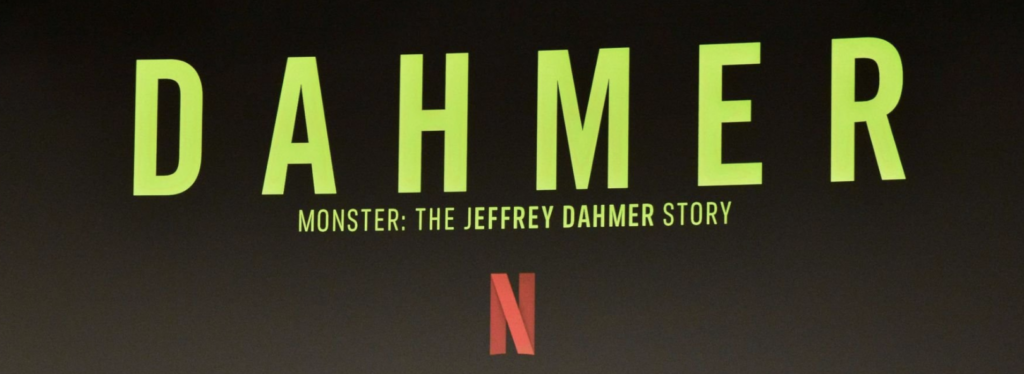Health News & Trends
Inside the Controversial Fascination With Jeffrey Dahmer
That’s at least part of the reason why the serial murderer who dismembered 17 boys and young men between 1978 and 1991 has been replayed so frequently over the last 30 years, notably in the 2012 film Dahmer, starring Jeremy Renner as the unassuming-looking destroyer of so many lives.
A reminder that the preoccupation with true crime predates Netflix and podcasts; evil-among-us stories have fueled scripted and unscripted programming for decades. However, the genre’s resurgence as high-brow, sophisticated, and award-winning is relatively young.
The Ryan Murphy and Ian Brennan-created DAHMER—Monster: The Jeffrey Dahmer Story (in case you’re wondering what the show is about) has become one of Netflix’s most-watched original series of all time, with 13 Emmy nominations, including Outstanding Limited or Anthology Series and Outstanding Lead Actor in a Limited or Anthology Series or Movie for Evan Peters. The 36-year-old also received a Golden Globe (a full year ago, because the since-resolved SAG-AFTRA and WGA strikes delayed the 2023 Emmys, which are now being handed out on January 15) for his performance.
“The interest in true crime, I’m not so quick to say it’s all very prurient and awful,” said Anne E. Schwartz, author of Monster: The real Story of the Jeffrey Dahmer Murders and the writer who broke the story for the Milwaukee Journal in 1991, during a 2022 interview. “I think we’re trying to figure out why.”
She ascribed some of the ongoing fascination in Dahmer, as well as his near-instant renown after being apprehended, to the fact that nothing about him raised red flags, yet hindsight sees everything.
“There is nothing about his background,” Schwartz told me, “until we go back and really cherry-pick everything we can, that makes us go, ‘Oh, here’s the foreshadowing.'”
Monster cherry-picks—and, as the author points out, it’s now easy to identify every blatant red sign and wasted opportunity to capture him. (Schwartz was not involved in the creation of the Murphy series; her publisher retitled her book Monster for the 2021 release.)
“We do like to play the blame game, because it always has to be somebody’s fault,” observed Schwartz. “And if we look into these cases long enough, we’ll find it.”
Critics of the inquiry sometimes point to the fact that the majority of Dahmer’s victims were Black, and he preyed on members of Milwaukee’s disenfranchised LGBT community, as the primary reason why police did not realize they were dealing with a serial killer sooner. (Those engaged in the case have strongly refuted this depiction.)
Even when viewed through a hyperaware 21st-century perspective, some people are nonetheless unhappy, preferring that Dahmer’s misdeeds be finally put to rest.


